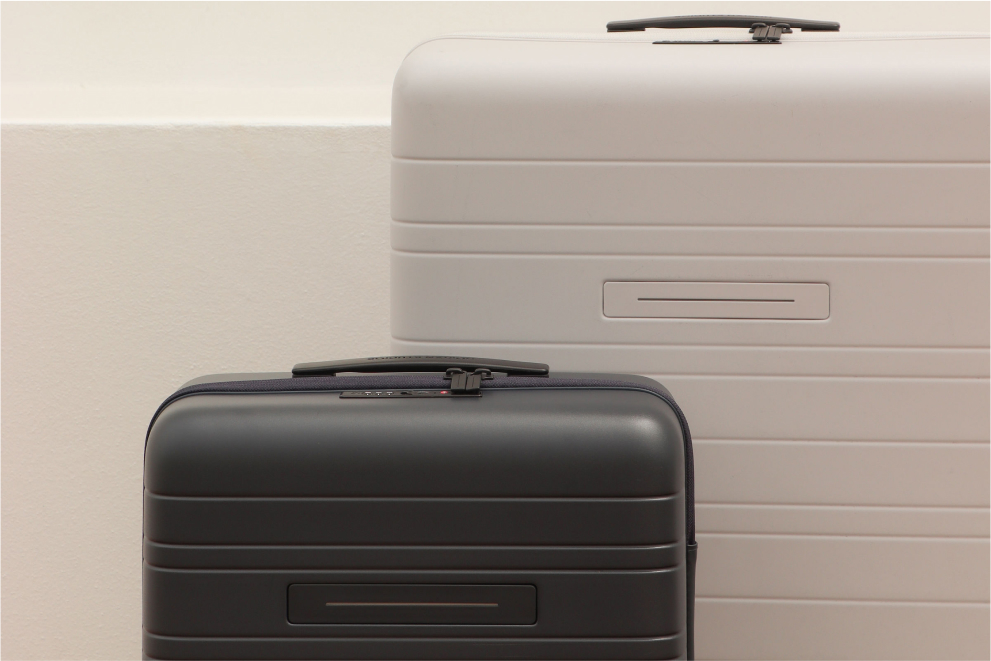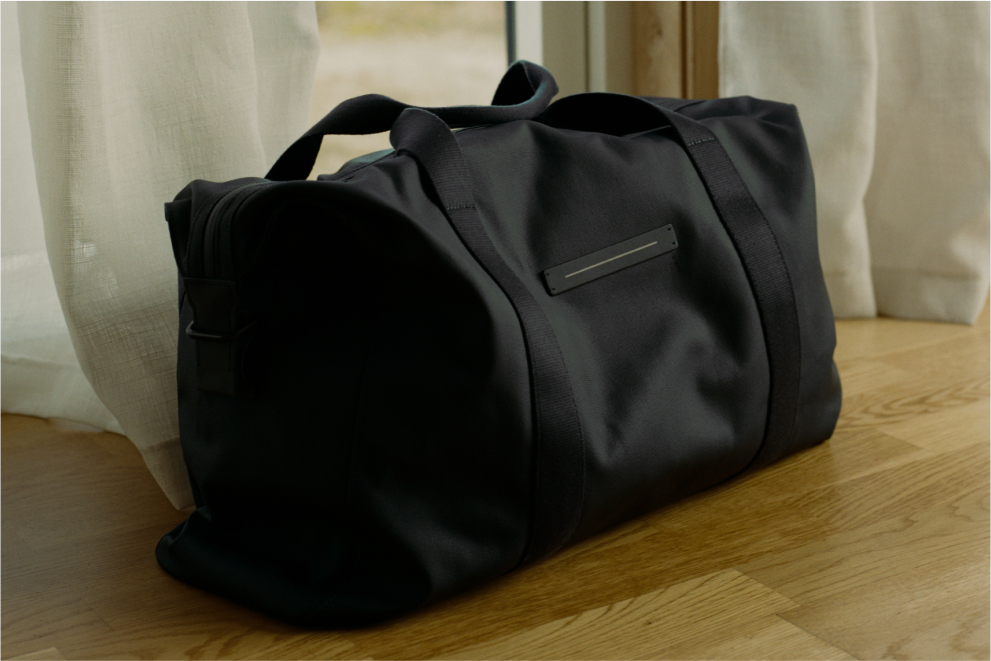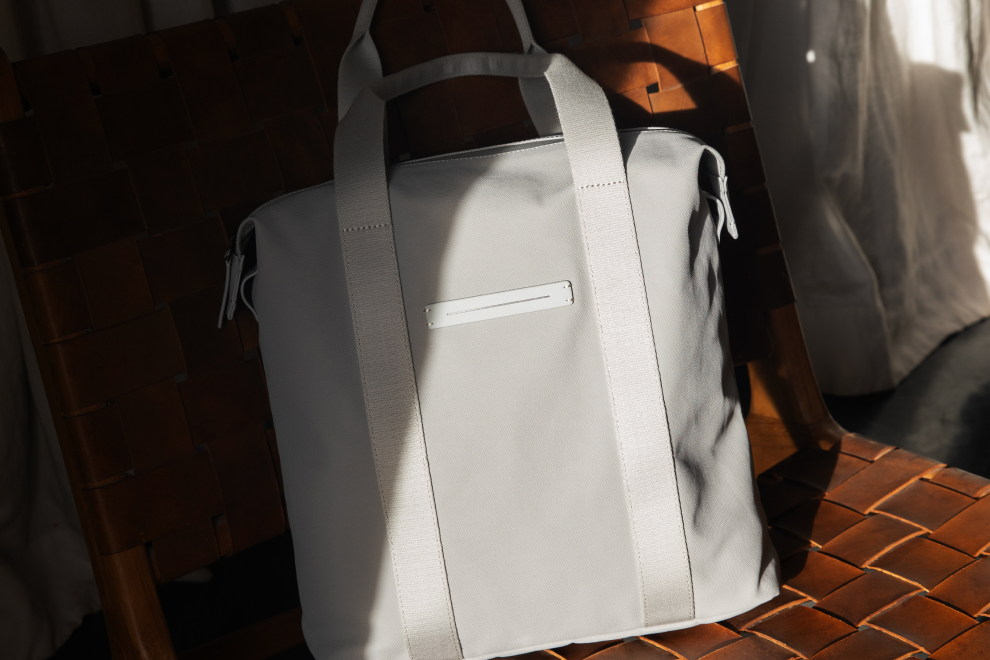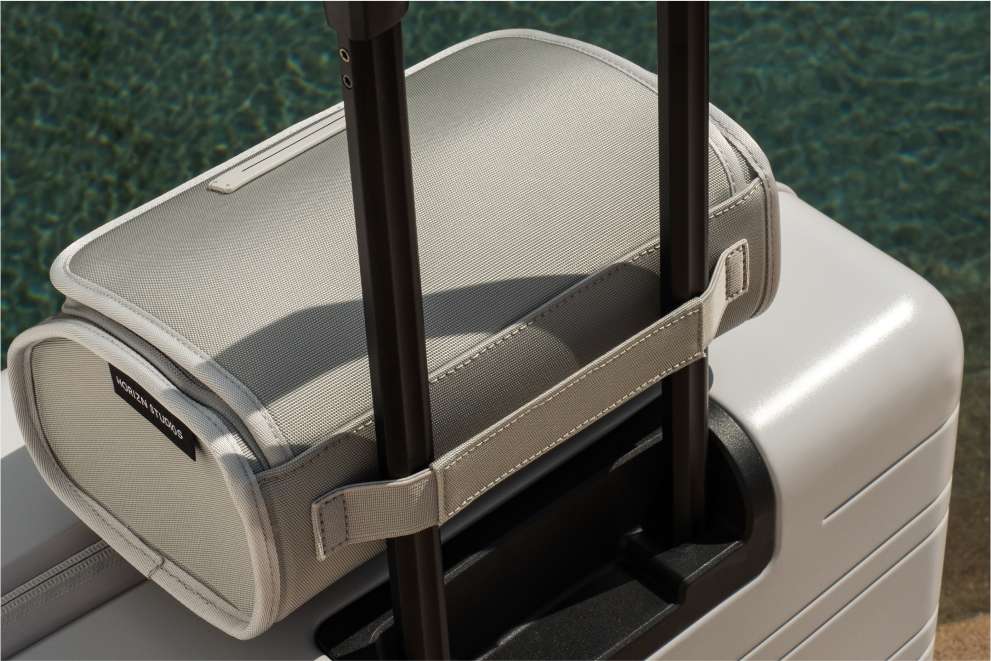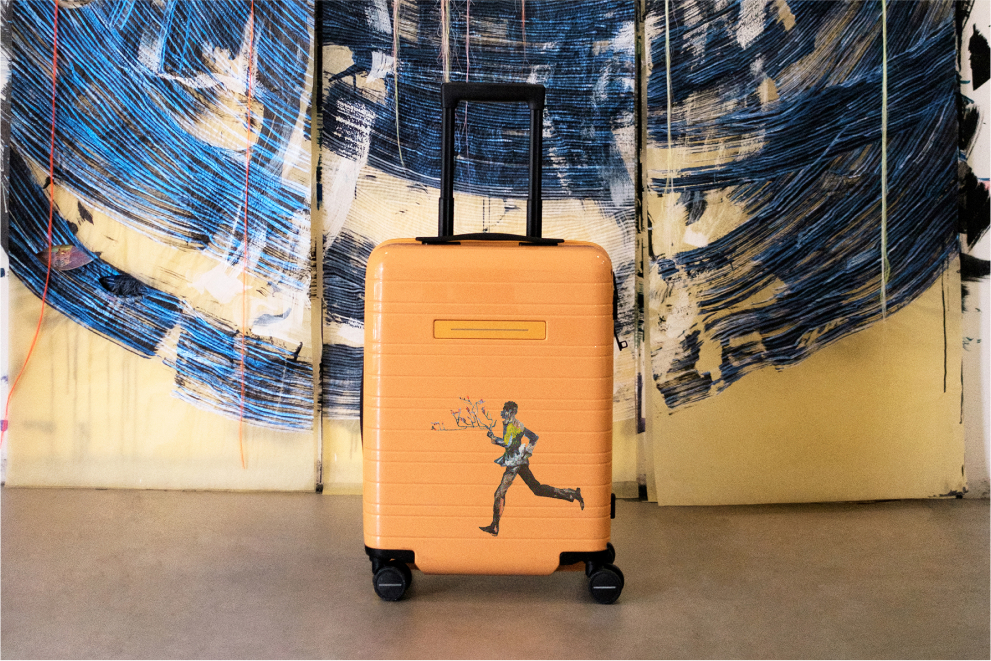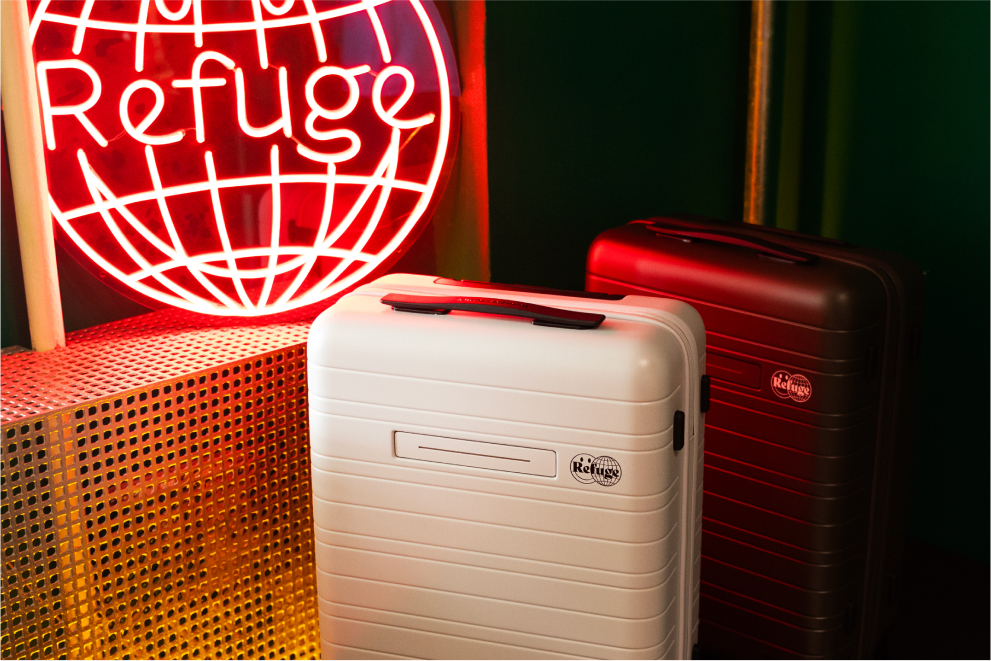A guide to Sicily’s best cities, beaches, and food
Travel to Sicily like a local
“Sicily was a dream, as always,” writes photographer Daniel Farò after returning from a family visit. Capturing Sicily as an island of paradoxes, Farò takes us on a visual escape around his homeland and reveals where to find the best beaches, culinary treats, and more.
“Ci pensa Dio” (God will take care of it) is a popular phrase among Sicilians. Used when a difficult situation is approaching, “it’s about living in the moment and appreciating what you have and what you are able to do today. Whatever happens tomorrow is not in your power,” says Sicily-born, Berlin-based photographer Daniel Farò. With Sicilians taking immense pride in their region and culture, the saying perfectly encapsulates the local way of life. A melting pot of cultures – vestiges of Greek, Roman, British, and Arab influences are scattered across the island – meets black lava fields, white-sand beaches, and turquoise waters. Fresh, sun-grown produce carrying the taste of local soil and sea salt, makes up the most important culinary ingredients. “Everything is straight forward, and it’s this kind of simplicity and care for details that most people envy outside of the island,” Farò notes.
Born and raised in Catania, to an Italian father and German mother, Faro moved to London at the age of 19. Only time and distance enabled him to embrace his roots. “When I’m visiting these days, I’m wearing rose-tinted glasses, unaware of all that is problematic about Sicily, such as poverty crime and corruption. It’s where I can escape my daily struggles in the city and recharge in the familiar surroundings of my parent’s house.”
Photography, however, has always been a safe space for Farò. Every summer, during his school holidays, taking pictures gave him a sense of purpose. “I created my own world, which, ultimately, allowed me to make sense of life,” he says about his approach, which hasn’t really changed over time. In London, he spent a lot of time wandering the streets, asking strangers to take their portrait. “It took all the courage in me to do so and left me sweating and shaking, but it was a great learning curve,” he says. A sense of naivety permeates Farò’s work, as he doesn’t care too much for perfection: “It’s the overall emotion and sense of calm, even in bustling environments, that I wish to focus on.” Sicily offers plenty of visual qualities to capture. What fascinates him in particular, I ask? “In Sicily, design solutions mostly serve practical purposes – for instance, you may see lavish materials juxtaposed with make-do wooden structures that sit on top of rocky cliffs for people to access the sea. Drenched sunlight, these create beautiful textures and lines that are unique to the Mediterranean,” he answers.
Daniel Farò’s guide to Sicily
What To Do
Located in the southeast of the island, Cava Grande del Cassibile is a protected nature reserve with ponds, waterfalls, and lakes edged between formations of white lime rocks. Accessible by foot only, take the time for a hike around the area, leading you to reach a picturesque canyon.
Mount Etna, one of the most active volcanos in Europe, is an obligatory stop when in Sicily. With its otherworldly landscapes, the area is not just great for hiking, but an embodiment of its chequered past.
The small city of Taormina, perhaps one of Sicily’s most glamorous spots, is popular for its Ionian vistas framed by fragrant lemon trees and sophisticated trattorias. Just off its coast, you will find the small island of Isola Bella, a protected natural site home to a gorgeous pebbled beach set against lush vegetation. Though it can only be reached by a small path of pebble stones, it’s a frequent haunt by locals to unwind, swim, and sunbathe.
North of Sicily, you can’t miss the Aeolian island of Salina and its gorgeous Spiaggia di Pollara. Made up by a thin strip of land made of stones and gravel – the remains of an ancient, partially-collapsed volcanic crater – it’s undoubtedly the most unique beach in the Aeolian archipelago and the perfect spot to catch the sunset.
Catania is Sicily at its most youthful. Abundant with bustling streets and sweeping baroque piazzas, the island’s second-biggest city is home to one of the largest monasteries in Europe and a UNESCO World Heritage Site, Monastero dei Benedettini which was built in the 16th century. Today, it partly belongs to the University of Catania. Head over to the attached church of San Nicolò l’Arena and walk up to its rooftop to catch an unparalleled view of the city.
Looking for another activity that includes great beaches? Check out our guide to Sicily's best kitesurfing spots.
Where to eat and drink
The quaint interior of Catania’s Me Cumpari Turiddu takes you back in time. The nostalgic restaurant focuses on simple local dishes that are always of the highest quality. While all produce is regionally and seasonally sourced, the menu pays great attention to its cultural roots featuring contemporary twists on local classics, such as Spaghetti alla Turiddu and Couscous delle Monache di Santo Spirito.
For an alfresco food experience, hit up the local Fish Market. Not for the faint-hearted – the fishermen are known to be loud, to say the least – this spot stands for Sicilian culture and history like no other.
BarnAut is one of Catania’s many testimonies to its bustling nightlife. A cosy and casual bar in the heart of the city, it seats you outside on the cobblestone streets and often offers live music.
North of Catania, at the foot of Mount Etna, you will find the small coastal city of Acireale. Another destination for baroque architecture, it is also home to the pizzeria said to serve Sicily’s best pizza. Frumento is relatively young, but already renowned for its use of only local and high-quality ingredients. Farò’s recommendation? The Mortadella and Bufala pizza.
One of the most unspoiled parts of Sicily, the small city of Noto and its surrounding region is a trifecta of cultural sights, picturesque beaches, and culinary highlights. Caffè Sicilia, an outwardly unassuming eatery, is over 120 years old. It’s a place where time seems to have stopped—also, you might recognise it from the Netflix series Chef’s Table. The pastry shop uniquely cares for the right ingredients and is said to be one of the best stops to go for breakfast.
Photography by Daniel Farò
